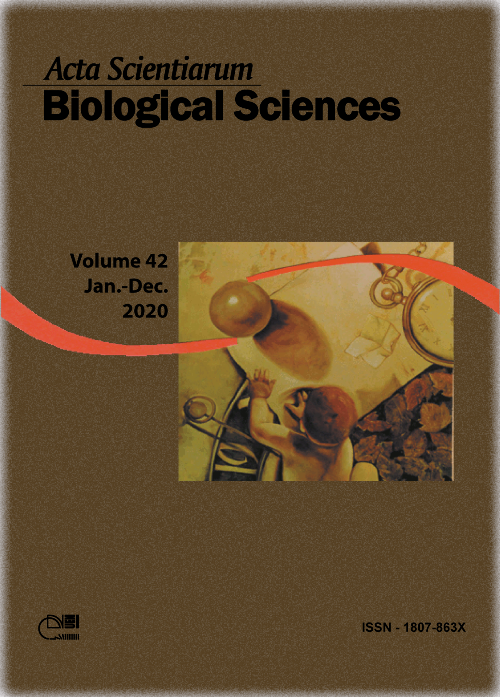Central cellular signaling pathways involved with the regulation of lipid metabolism in the liver: a review
Resumo
The liver is primarily responsible for energy homeostasis and the regulation of lipid, carbohydrate and protein metabolism. Lipid metabolism consists of distributing lipids to peripheral tissues or ensuring their return to the liver to be reprocessed. Additionally, cellular metabolism is regulated by several molecules in different signaling pathways. Lipid homeostasis in the liver is mainly regulated by AKT, AMPK, SREBP, PPAR, and JNK. The PI3K/AKT/mTOR signaling pathway results in the biosynthesis of macromolecules and regulates lipogenesis and the expression of lipogenic genes. AMPK is an energy sensor that regulates metabolism and is activated when stored ATP is depleted, and it is responsible for the suppression of several key lipogenic factors in the liver related to cholesterol and fatty acid synthesis. SREBPs control lipogenic gene expression and cholesterol metabolism and act in the nutritional regulation of fatty acids and triglycerides. The continued activation of SREBPs is associated with cellular stress, inflammation and ultimately steatosis. PPARs are intrinsically important regulators of lipid metabolism. These genes are essential to various metabolic processes, especially lipid and glucose homeostasis, and can play a role in cell differentiation. JNK signaling is related to insulin resistance and its activation results in decreased mitochondrial activity and fat accumulation. Therefore, the study of cell signaling pathways related to lipid metabolism and liver function may help to identify abnormalities and develop strategies to manage and regulate metabolic disorders and resulting complications.
Downloads
DECLARAÇÃO DE ORIGINALIDADE E DIREITOS AUTORAIS
Declaro que o presente artigo é original, não tendo sido submetido à publicação em qualquer outro periódico nacional ou internacional, quer seja em parte ou em sua totalidade.
Os direitos autorais pertencem exclusivamente aos autores. Os direitos de licenciamento utilizados pelo periódico é a licença Creative Commons Attribution 4.0 (CC BY 4.0): são permitidos o compartilhamento (cópia e distribuição do material em qualqer meio ou formato) e adaptação (remix, transformação e criação de material a partir do conteúdo assim licenciado para quaisquer fins, inclusive comerciais.
Recomenda-se a leitura desse link para maiores informações sobre o tema: fornecimento de créditos e referências de forma correta, entre outros detalhes cruciais para uso adequado do material licenciado.












1.png)




3.png)













